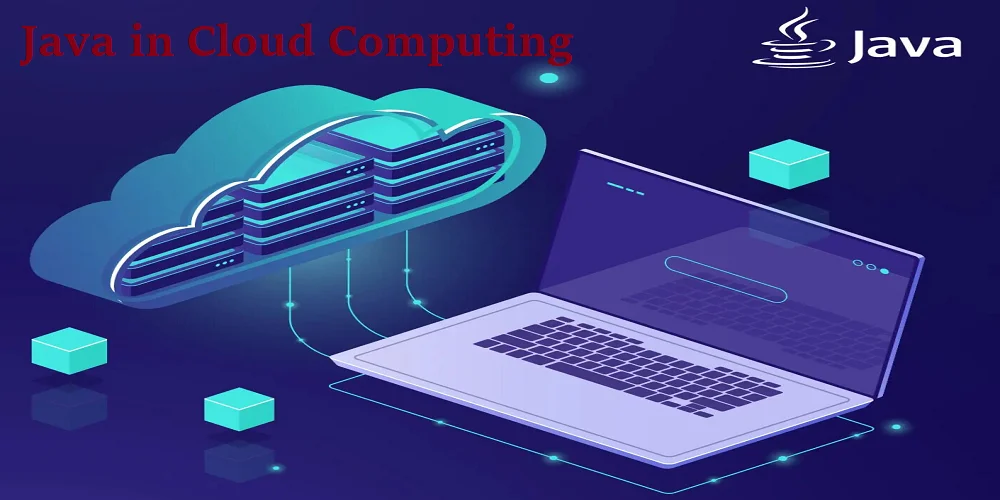The massive quantity of information generated by sequencing genomes must be organized and interpreted to process and store genomic data. When a genome is sequenced, a digital record of DNA sequences is produced that may be utilized for study, diagnosis, and other purposes. To manage this data effectively, researchers increasingly rely on data warehouse consulting services to establish robust genomic data solutions tailored to handle large volumes and complex analytics. A creature’s genome of its genes. However, to process genomic data effectively specific methodologies are required due to its complexity and large volume.
1. Genomic Data Storage
The tools and procedures used to store the data generated by sequencing genomes are called genomic data storage. Data storage systems need to be able to manage massive amounts of information since a single human genome sequence might require hundreds of terabytes of storage. Important features of storing genomic data consist of:
- Data Size: Gene-centric databases are vast. Petabytes of data can be produced by projects that sequence many genomes or examine genetic differences among populations. To handle this amount of data, effective storage solutions are crucial.
- Data Integrity and Security: Maintaining data security and integrity is essential since genetic data may include sensitive information. To preserve data and adhere to legal requirements, researchers and institutions deploy encrypted storage systems and stringent access restrictions.
- Data Accessibility: For analysis, researchers must be able to swiftly access and retrieve genetic data. Fast data access and retrieval are essential features of storage solutions, which are frequently provided via cloud-based platforms or specialized databases that enable large-scale data management.
2. Genomic Data Processing
To get valuable insights, genomic data processing entails evaluating raw genetic data. DNA sequence alignment, genetic variation identification, and interpretation of the potential relationships between genetic variants and traits/diseases are a few examples of this. Typical steps in the processing of genomics data include:
- Data Cleaning and Quality Control: Because of the limits of sequencing technology, mistakes may exist in raw genetic data. Cleaning up the data, removing bad sequences, and guaranteeing correct findings are the initial steps in the processing process.
- Sequence Alignment: In this stage, researchers match a sample’s DNA sequence to a reference genome. This facilitates the identification of genetic variants such as more important structural alterations or single nucleotide polymorphisms.
- Variant Calling: Variant calling is done after sequence alignment to find particular genetic changes. This method aids in identifying differences that may be connected to illnesses or other characteristics.
- Data Analysis and Interpretation: After variations are identified, the researchers use bioinformatics tools and algorithms to evaluate the data. This might involve studying the genetic foundations of complex diseases or realizing how specific genetic changes impact the way genes interact.
3. Cloud Computing for Genomics Data Storage and Processing
Recent developments in DNA sequencing technology have increased throughput and decreased costs, greatly advancing genomics. Consequently, a vast amount of data has been generated for genetic research. Because of the rise of cloud computing, researchers now have access to technology that can handle the increasing demand for processing and storing genetic data. Tracking, arranging, and understanding this data, however, has grown more difficult.
4. Scale of Genomics Data
Petabytes of data are produced by large-scale research programs like the human genome project and the 100,000 genomes project whereas a single human genome sequencing can provide hundreds of gigabytes of raw data. Using conventional computer systems to handle this volume is expansive and impracticable. On the other hand, the cloud provides essentially limitless storage that can be expanded or contracted in response to demand.
5. Advantages of Cloud for Genomics
- Scalability: Researchers can flexibly assign processing and storage resources as needed thanks to cloud systems like AWS, Google Cloud, and Microsoft Azure accordingly depending on the scope and intricacy of their projects, genomic research teams can easily scale up or decrease their resources.
- Cost-Effectiveness: Researchers only pay for the resources they utilize when using cloud computing. the pay-as-you-go strategy is particularly useful for genomics research because of the large fluctuations in processing requirements. In comparison, traditional on-premises systems come with a heft initial investment and ongoing maintenance expenditures.
- Data Accessibility and Collaboration: Researchers all around the world can readily access and share data thanks to the cloud. This is especially crucial for extensive cooperative initiatives involving several different organizations researchers may facilitate quicker and more effective cooperation by storing data in the cloud which guarantees team members have real-time access to the most recent datasets and analytical results.
- Data Security and Compliance: Sensitive information is frequently present in genomics data hence data security is quite important. Prominent cloud service companies include string security features including access restrictions, data encryption, and adherence to HIPAA and GDPR. This guarantees that researchers can fulfill regulatory standards and that the genomic data is preserved.
- Advanced Data Processing: Machine learning frameworks, data analytic services, and clusters for high-performance computing services(HPC) are just a few of the robust data processing technologies available on cloud platforms compared to older methods, these tools allow researchers to do complicated analysis on genomic data, such as variant calling and genome-wide associations studies (GWAS) considerably more quickly.
6. Challenges and Considerations
Even while cloud computing has many benefits, there are also drawbacks to take into account. Transferring huge genomic information to the cloud may be expensive and time-consuming. The storage of private genomic data on external computers may give rise to privacy problems for certain researchers. Numerous cloud service providers provide hybrid solutions that let researchers keep data in the cloud and on-premises to address these problems. Furthermore, cloud service providers have created customized genomics services that streamline the transfer, storage, and analysis of genomic data. Examples of these services include AWS’s Genomics Workflows and Google’s Deep variant.
7. Future of Cloud Computing in Genomics
The field of genomics will only become more in need of scalable, efficient data processing and storage solutions. Cloud computing is anticipated to play a major role in the future as it will allow academics to deal with larger datasets, carry out more intricate studies, and come to conclusions faster.
8. Conclusion
To sum up, genomic data processing and storage are essential to the science of genomics because they allow scientists to handle and examine enormous quantities produced by sequencing projects. Accelerated discoveries are possible because of the increased efficiency and scalability of managing genomic data brought about by the development of cloud computing and sophisticated bioinformatics tools. Researchers will have access to ever more potent tools as technology develops, which will help them get a better knowledge of human health and biology as well as provide deeper insights into the genetic causes of illness and tailored therapy. With genomics’ growing influence on research and medicine, efficient genetic data processing and storage will be essential.



